Disclosure: This article contains affiliate links. We may earn a commission from purchases at no extra cost to you, which helps our travel content.
Standing at the edge of Mehrauli Archaeological Park as dawn breaks over Delhi, I'm transported back to my childhood. The familiar scent of morning dew on ancient stone mingles with distant calls of peacocks—sounds that once woke me in our family home near Sanjay Van. Though I've spent decades studying ecosystems across continents, returning to explore Delhi's historical layers feels like examining growth rings in an ancient tree: each circle revealing a different era, a different Delhi. The city isn't just my birthplace; it's a living ecological succession of human history, where Mughal tombs emerge from Sultanate ruins that themselves stand upon Hindu temple foundations. For couples seeking connection with the past without breaking the bank, Delhi offers an unparalleled journey through time—one where 12 centuries of history can be uncovered in just 7 days of mindful exploration.
Layer One: Pre-Mughal Delhi – The Seven Cities
Most visitors to Delhi rush to the obvious monuments—Humayun's Tomb, Red Fort, Qutub Minar—but miss the fascinating palimpsest beneath their feet. Before becoming India's capital, Delhi was actually seven distinct historical cities, each built upon the ruins of its predecessor.
My scientific training has taught me to look for patterns in chaos, and Delhi's archaeological sites reward this approach. Begin at Mehrauli Archaeological Park, where over 100 scattered monuments span 1,000 years. Unlike the crowded Qutub Minar complex next door (which deserves a visit but comes with steep foreign tourist pricing), this sprawling 200-acre site remains largely free and gloriously empty, especially at dawn.
As a child, I'd watch my father document these ruins for conservation projects. Now, I trace the same paths, finding Balban's Tomb—the first true arch built in India—often completely devoid of visitors. Nearby, Jamali Kamali Mosque combines Hindu and Islamic architectural elements in a breathtaking synthesis that predates the more famous fusion styles of Akbar's era.
For exploring these extensive ruins comfortably, I recommend a pair of hiking sandals that can handle uneven terrain while withstanding Delhi's dust and occasional monsoon puddles. They're perfect for archaeological explorations in variable conditions.
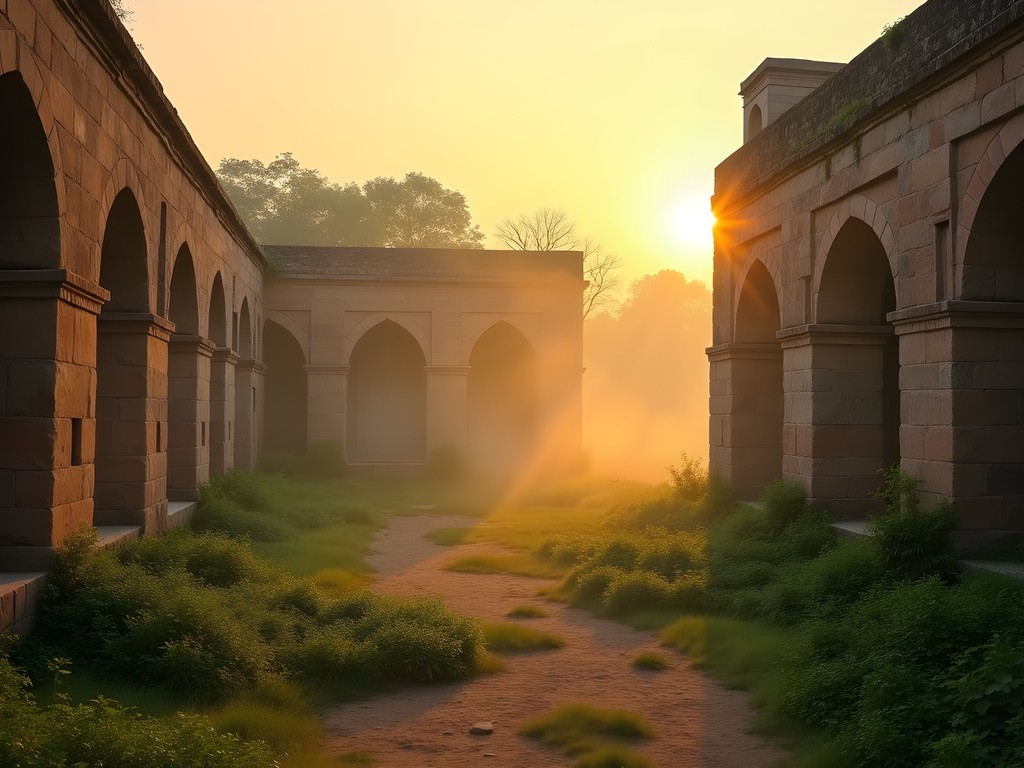
💡 Pro Tips
- Visit Mehrauli Archaeological Park at sunrise (around 6:30 AM in winter) when temperatures are pleasant and you'll have the ruins to yourself
- Download the Delhi Heritage Walks app for self-guided tours of lesser-known monuments
- Bring binoculars for spotting intricate details on distant monuments and resident birdlife
Layer Two: Hidden Sufi Shrines and Sacred Ecology
Delhi's historical narrative isn't limited to emperors and conquerors. The city cradles a parallel spiritual history in its numerous dargahs (Sufi shrines), many dating back to the 13th century. These sacred spaces offer couples an intimate glimpse into living history—places where devotional practices have continued uninterrupted for centuries.
Nizamuddin Basti, surrounding the 14th-century shrine of Nizamuddin Auliya, represents one of Delhi's most remarkable continuous habitations. As both a biologist and cultural observer, I'm fascinated by how the sacred ecosystem here has evolved. The narrow galis (lanes) follow medieval pathways, while the community maintains traditions that have disappeared elsewhere in the modernizing metropolis.
Visit on Thursday evenings when qawwali performances fill the air with mystical Sufi music. The experience transcends religious boundaries—I've witnessed Hindu, Muslim, Sikh, and international visitors all equally moved by these soul-stirring performances.
Nearby, discover the tomb of Mirza Ghalib, India's Shakespeare, and Atgah Khan's Tomb, an architectural marvel hiding in plain sight. For a truly immersive experience, contact the Nizamuddin Renewal Project, where local youth provide donation-based walking tours that support community development.
When exploring these intimate historical spaces, I recommend carrying a compact camera rather than bulky equipment. Its excellent low-light capabilities capture atmospheric shrine interiors without being obtrusive during spiritual ceremonies, and the silent shooting mode respects the sanctity of these spaces.

💡 Pro Tips
- Remove shoes before entering shrines and cover your head (scarves available to borrow at entrances)
- Thursday evenings after sunset offer the most authentic qawwali experiences at Nizamuddin Dargah
- Contribute to the langar (community kitchen) at Nizamuddin—a few hundred rupees supports their feeding program while connecting you to a centuries-old tradition
Layer Three: The Forgotten Tombs of South Delhi
South Delhi hides a remarkable secret: it contains the highest concentration of medieval tombs anywhere in the world. These forgotten monuments—scattered through neighborhoods, golf courses, and roundabouts—offer couples a chance to experience history without the crowds or costs of mainstream attractions.
As someone who grew up exploring these spaces, I recommend starting with the Lodi Garden complex, where 15th-century tombs rise from manicured lawns. While this park has become a popular recreation spot, few visitors understand the historical significance of structures like Muhammad Shah's Tomb, which pioneered architectural features later perfected in the Taj Mahal.
For a more adventurous exploration, hire an auto-rickshaw for the day (negotiate ₹800-1000) and create a DIY tomb tour. Begin at Safdarjung's Tomb, continue to the hidden Sundarwala Burj inside the Sundar Nursery complex, then visit the overlooked Khairpur Tombs near Saket. End your day at Bijay Mandal, possibly the remains of Muhammad bin Tughlaq's thousand-pillared palace, where you'll likely be the only visitors.
When documenting these historical explorations, I rely on my travel journal to record observations, sketch architectural details, and press collected leaves from historic gardens. The acid-free paper preserves these memories beautifully, creating a scientific field journal and travel diary in one.
These sites reveal how ecosystems and human history intertwine—many tombs now serve as nesting sites for native birds, while ancient wells and baolis (stepwells) create microhabitats for specialized plants. The ecological succession visible at these monuments tells as much of a story as their human history.
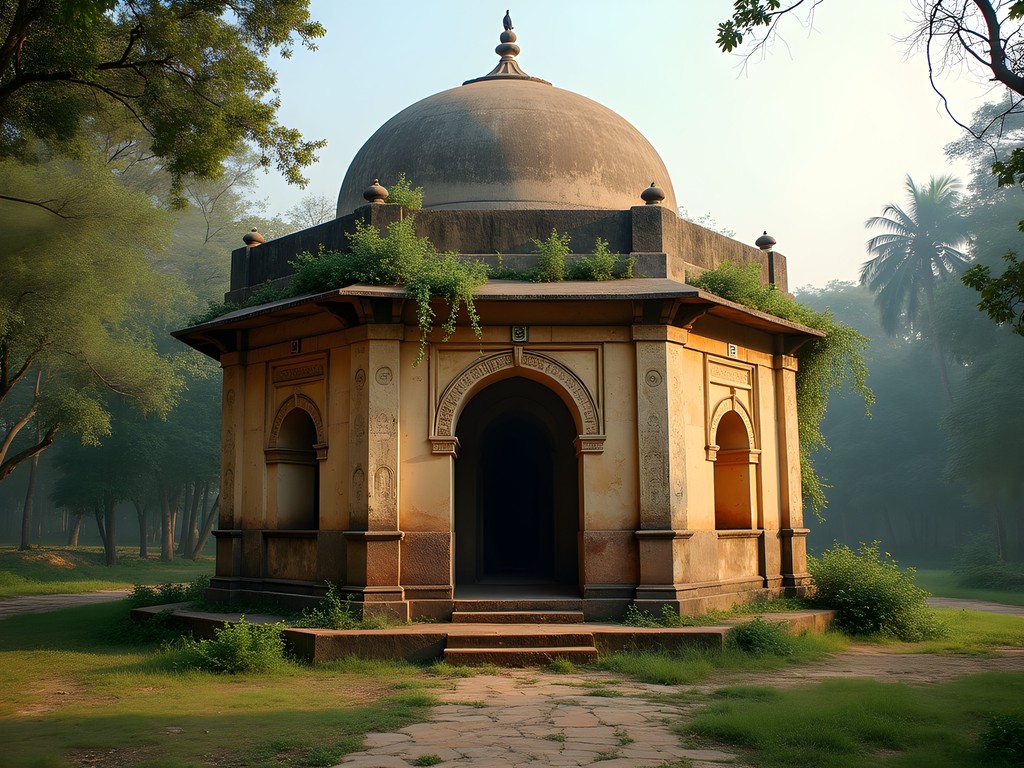
💡 Pro Tips
- Visit the Archaeological Survey of India office near Qutub Minar to purchase a combined ticket that covers multiple sites at a discount
- Arrange tombs chronologically rather than geographically to better understand architectural evolution
- Bring a detailed map like Eicher's Delhi Guide, as many auto drivers won't know the more obscure locations
Layer Four: Colonial Delhi and Independence History
Delhi's historical narrative takes a dramatic turn with the arrival of British colonial powers and the subsequent independence movement. While Lutyens' Delhi with its grand boulevards and government buildings represents the official colonial narrative, I find the real stories in less obvious locations.
Coronation Park (now Coronation Memorial) in North Delhi marks where King George V was proclaimed Emperor of India in 1911—today it's a quiet space where local students study under centuries-old trees. Nearby, Flagstaff Tower in the Northern Ridge served as a refuge for British families during the 1857 uprising, now offering panoramic views and a different perspective on colonial history.
For independence history, skip the crowded Gandhi memorial at Raj Ghat and instead visit the often-empty Gyarah Murti (Eleven Statues) sculpture on Sardar Patel Marg, depicting Gandhi's famous Salt March. The nearby Teen Murti Bhavan, Nehru's former residence, houses excellent historical exhibits with minimal entrance fees.
As a scientist, I'm particularly drawn to the ecological dimensions of colonial Delhi. The British introduction of non-native tree species transformed Delhi's landscape—something visible in the contrast between native species in old Delhi and colonial plantings in New Delhi. This botanical colonization tells its own story of power and environmental change.
When exploring Delhi's extensive historical sites, staying hydrated is essential, especially during winter when dry air can be deceptively dehydrating. I never travel without my insulated water bottle which keeps water cool throughout long days of exploration and eliminates the need for purchasing single-use plastic bottles—an environmental concern in heritage areas.
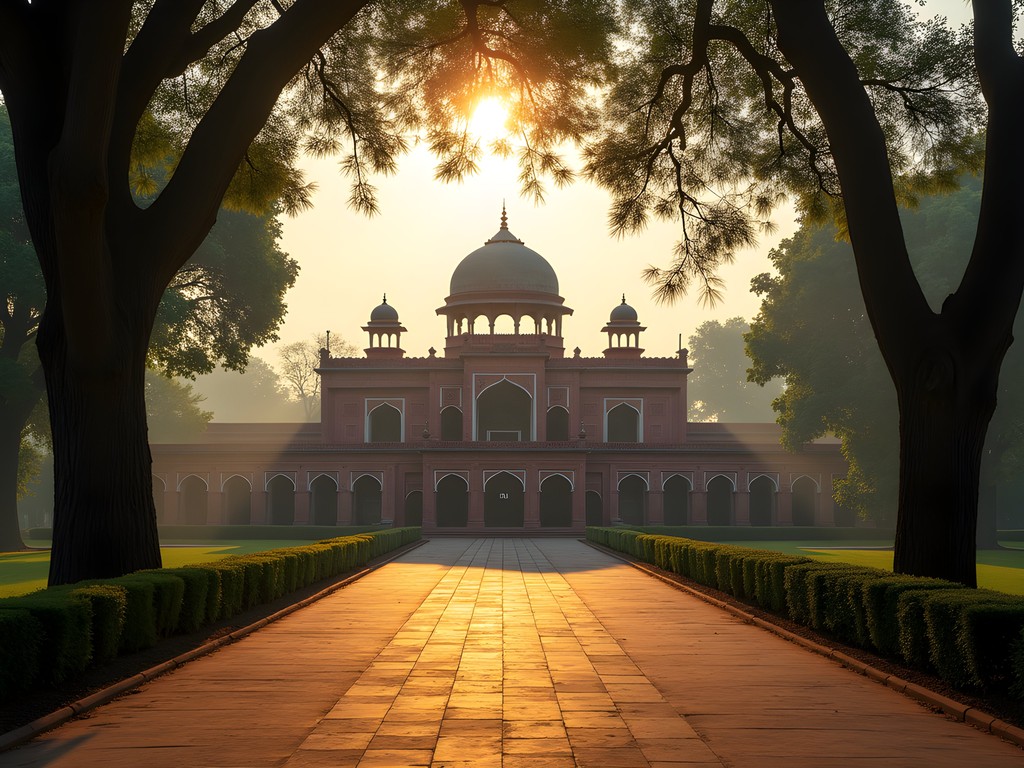
💡 Pro Tips
- Visit Coronation Park early morning to see local exercise groups practicing yoga and martial arts among colonial monuments
- Use Delhi Metro to connect colonial sites efficiently—Violet Line connects Civil Lines to Khan Market
- For budget-friendly colonial history, take the self-guided walking tour from Kashmere Gate to St. James Church
Layer Five: Delhi's Hidden Water Heritage
Perhaps Delhi's most overlooked historical dimension is its sophisticated water management systems spanning centuries. As climate change threatens water security globally, these ancient solutions offer both historical insight and practical wisdom.
Begin at Agrasen ki Baoli near Connaught Place, a 14th-century stepwell descending several stories underground. While it's become somewhat known through social media, few visitors understand its hydrological significance. These structures maintained groundwater levels while providing community spaces—an elegant solution to environmental and social needs.
For a more comprehensive exploration, follow the course of the medieval Satpula dam and water distribution system near Khirki Village. Built by Muhammad bin Tughlaq in the 14th century, this seven-gated weir controlled water flow to surrounding agricultural lands. Today, urban development has obscured much of the system, but a trained eye can trace its course through South Delhi neighborhoods.
As someone who studies ecosystems professionally, I'm particularly interested in how these water heritage sites create microhabitats for specialized urban wildlife. The ancient baolis maintain humidity levels that support unique insect and plant communities—tiny ecosystems persisting within the megacity.
For couples seeking romantic historical experiences, I recommend sunset at Hauz Khas reservoir. This 13th-century water tank, restored by Firoz Shah Tughlaq in the 14th century, now forms the centerpiece of Hauz Khas complex. As evening approaches, the reflection of medieval structures in water creates a magical atmosphere far from Delhi's chaos.
When navigating Delhi's complex historical sites across long days, I rely on my crossbody bag which keeps essentials secure while remaining comfortable during hours of exploration. The anti-theft features provide peace of mind in crowded heritage areas, while multiple compartments organize field equipment, notes, and travel necessities.
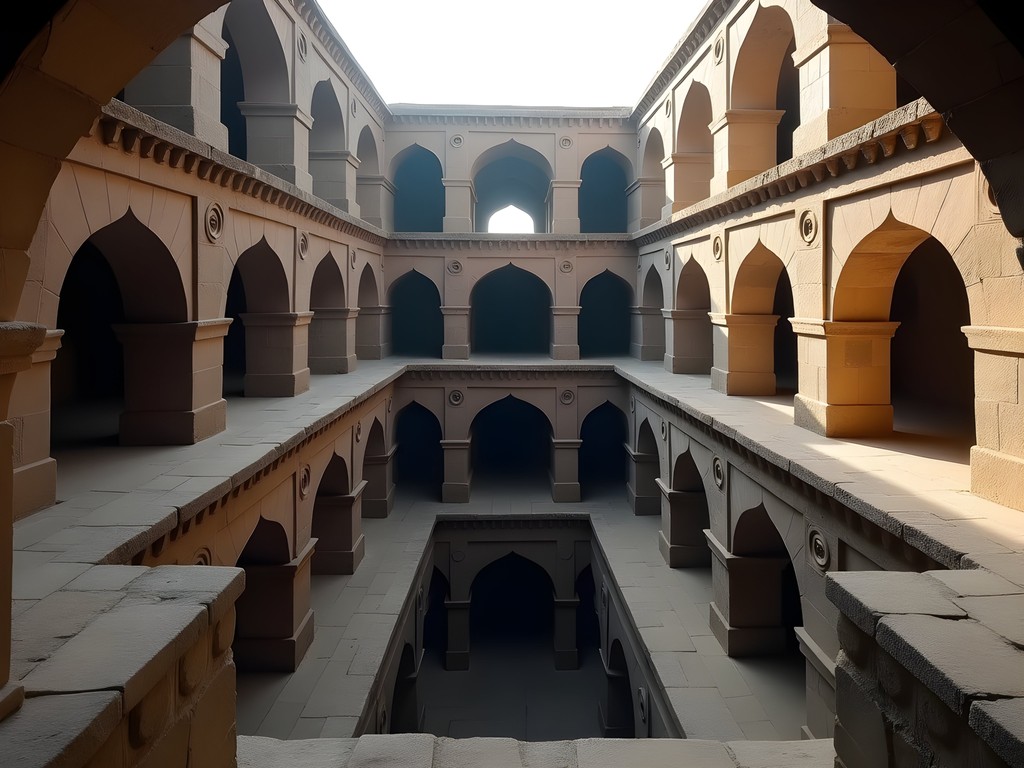
💡 Pro Tips
- Visit baolis early morning when light angles illuminate their architectural details and fewer tourists are present
- Carry a small flashlight for examining underground chambers safely
- Contact Delhi Heritage Walks for specialized water heritage tours that connect multiple stepwell sites
Final Thoughts
As I conclude this week-long journey through Delhi's historical layers, I'm reminded that time in this ancient city isn't linear but cyclical. Monuments decay, are repurposed, restored, forgotten, and rediscovered—much like ecological succession in the forests I study professionally. For couples exploring Delhi on a budget, this layered approach reveals a richer experience than any conventional tourist circuit could provide. By seeking connections between eras, cultures, and ecosystems, you'll discover not just Delhi's past, but insights into how cities evolve through centuries of human habitation. Pack your curiosity, comfortable shoes, and an ecological mindset—Delhi's 12 centuries of hidden history await your exploration. And when you return home, you'll carry not just photographs but a deeper understanding of how human history and natural systems intertwine to create the living palimpsest that is Delhi.
✨ Key Takeaways
- Delhi's historical sites are best experienced as interconnected ecological systems rather than isolated monuments
- Budget travelers gain more authentic experiences by exploring lesser-known sites that reveal everyday historical narratives
- Winter months provide ideal weather for extensive walking explorations of Delhi's archaeological landscapes
- Understanding the environmental context of historical sites—from water systems to introduced plant species—reveals deeper historical narratives
📋 Practical Information
Best Time to Visit
November through February (winter months)
Budget Estimate
₹2,000-3,000 per day including accommodations, transportation, food and entrance fees
Recommended Duration
7 days minimum for comprehensive exploration
Difficulty Level
Moderate - Requires Substantial Walking On Uneven Surfaces And Navigating Complex Urban Environments








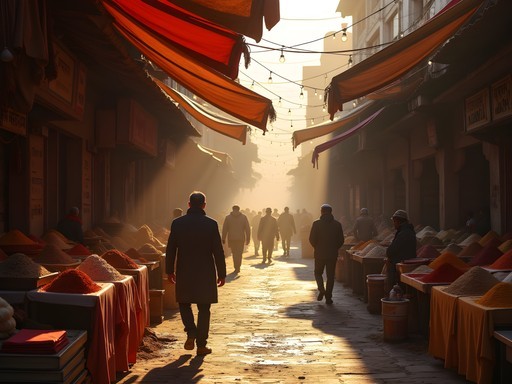
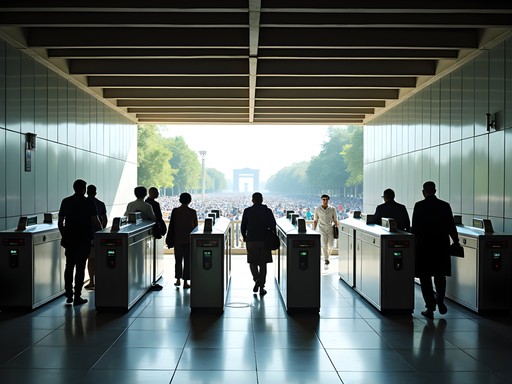
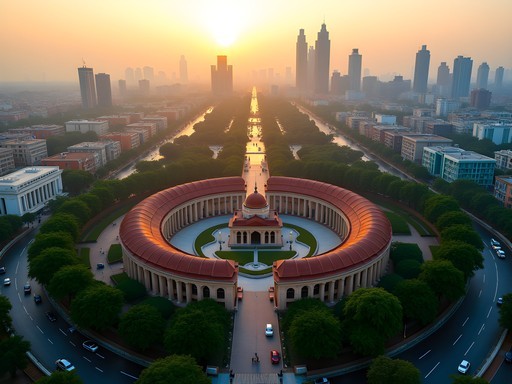

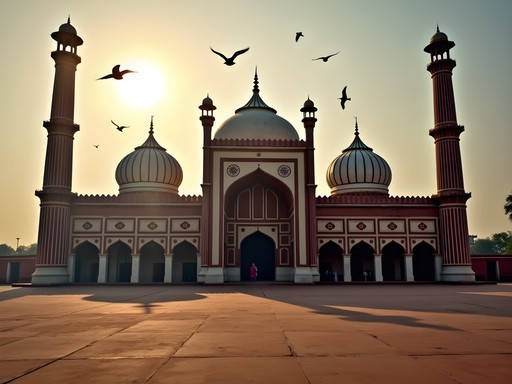



Comments
Douglas Bradley
Claire, your approach to Delhi as layers of history really resonates. I spent three weeks there last year researching for my own blog and still missed half of what you've covered! The pre-Mughal sites are criminally underrated. I found that exploring with Delhi Heritage Walks gave me context I wouldn't have discovered alone. Did you find the Archaeological Park crowded at dawn? I'm planning a return visit and thinking about the best times to photograph those ancient structures without the crowds.
globefan
Douglas - I've been following your blog too! Your Delhi food guide was a lifesaver on my trip. Have you tried any of the small cafes near the South Delhi tombs Claire mentioned?
Douglas Bradley
Thanks! I actually found a fantastic little place near Humayun's Tomb that serves the most amazing masala chai at sunrise. Perfect spot to recharge between sites!
globefan
I visited Delhi last year and completely missed the Sufi shrines you mentioned! Those hidden gems are exactly why I follow travel blogs. Did you find the locals were open to sharing stories about the spiritual significance of these places? I found some areas were quite protective of their sacred spaces (understandably so).
Douglas Bradley
I had a similar experience! The Sufi shrines require a bit more cultural sensitivity. I found bringing a small gift (like flowers) opened doors. Claire's layer approach to exploring Delhi is brilliant - wish I'd thought of that when I was there.
globefan
That's a great tip about the flowers! Will definitely try that next time.
Douglas Bradley
Claire, your approach to Delhi as a palimpsest of historical layers is brilliant. Most travelers miss the nuance between the different eras and how they've shaped the city's identity. I particularly appreciated your insights on the pre-Mughal structures - the Qutub complex gets all the attention, but those lesser-known Lodhi-era monuments tell an equally fascinating story about Delhi's evolution. One thing I'd add for readers: the Archaeological Survey of India recently opened several previously restricted sites in the Siri Fort area. They're unmarked on most maps but contain some remarkable examples of 14th-century craftsmanship. If you're visiting between November and February, the Heritage Walks program run by Delhi University history students is worth looking into - they cover some of these hidden gems.
Claire Long
Thanks Douglas! I wasn't aware the ASI had opened those Siri Fort sites - definitely adding them to my list for next time. The Heritage Walks program sounds fantastic too - love the idea of supporting history students while getting deeper insights.
islandzone
LOVE THIS POST SO MUCH! 😍 I've been to Delhi three times and still haven't seen half of what you covered! Your section on the Sufi shrines was particularly eye-opening. I visited Nizamuddin Dargah during qawwali night and it was one of the most magical experiences of my life. Did you catch any musical performances while you were there? Also, for anyone heading to Delhi, I highly recommend getting a copy of Delhi walking guide which perfectly complements Claire's layers approach. Can't wait to go back and explore those forgotten tombs in South Delhi!
tripseeker
I visited Delhi last year but totally missed the Mehrauli Archaeological Park! Wish I'd read this before going. We spent most of our time at the obvious spots like Red Fort and Humayun's Tomb. Next time I'll definitely explore these hidden layers you've described. How did you get around to all these places? Public transport or private driver?
Claire Long
I mixed it up! Delhi Metro is fantastic for the main sites, but for places like the forgotten tombs in South Delhi, I used a combination of auto-rickshaws and a driver I hired for a day. The metro green line gets you close to Mehrauli though!
tripseeker
Thanks Claire! Good to know the metro works for some of these spots. Saving this for next time!
starclimber
Those Sufi shrines look incredible! Adding to my bucket list.
vacationperson
This looks amazing! How safe is it for a solo female traveler to explore these hidden historical sites? I'm planning a trip to Delhi next spring and would love to see these layers of history.
islandzone
I went solo last year! Stick to daytime visits for the more remote spots like Mehrauli. The main sites are totally fine, but I'd recommend a local guide for the hidden gems Claire mentioned - they know all the shortcuts and stories the guidebooks miss.
Claire Long
Great question! Most of the sites I mentioned are safe during daylight hours. For the less-visited spots in South Delhi, I'd recommend going with a friend or guide. The Delhi Tourism app has a safety feature that's worth downloading too.
vacationperson
Thanks for the tips! Will definitely look into that app.
skyclimber
Just got back from Delhi and used this guide - thank you! One tip for others: the Mehrauli Archaeological Park is way less crowded in the early morning, just like Claire mentioned. We arrived at 7am and had the place almost to ourselves for a good hour before tour groups started showing up. Also, we found some amazing local food stalls near the Qutub Minar that aren't in any guidebooks. Delhi's layers of history are incredible - each corner tells multiple stories!
winterdiver
Just got back from Delhi and used this guide extensively - thank you Claire! The "layers" concept really helped me organize my trip. I spent two days just exploring the pre-Mughal sites and it was incredible how different they felt from the more famous attractions. The morning dew on ancient stone that you mentioned in your intro - I experienced exactly that at Qutub Minar at 6:30am and it was magical. Almost had the place to myself! One tip for others: the Delhi Metro is amazing for reaching most of these sites. Buy the tourist pass and it's super affordable.
Claire Long
So happy to hear this helped your trip! That early morning Qutub Minar experience is exactly why I love Delhi - those quiet moments when it feels like you've slipped through time. Thanks for the metro tip too!
Mason Ferrari
Claire, your layered approach to Delhi's history provides an excellent framework for understanding this complex city. I've studied historical urban centers across Asia for decades, and Delhi presents a unique challenge given how its various historical periods physically overlap rather than replace one another. Your observation about the cyclical nature of time in Delhi is particularly astute. I would add that visitors should consider exploring these sites chronologically rather than geographically - it creates a more coherent narrative experience. When I last visited, I found the Delhi Historical Atlas invaluable for mapping the spatial relationships between these historical periods. The section on Sufi shrines was particularly well-researched - most mainstream guides overlook the ecological significance of these sacred spaces.
Claire Long
Thank you, Mason! I completely agree about the chronological approach - that's exactly how I structured my week. Those physical overlaps are what make Delhi so fascinating but also challenging for first-time visitors.
Venture X
Premium card with 2X miles, $300 travel credit, Priority Pass